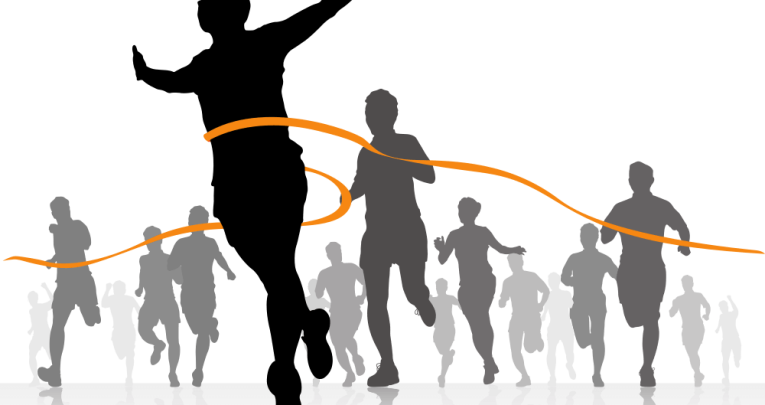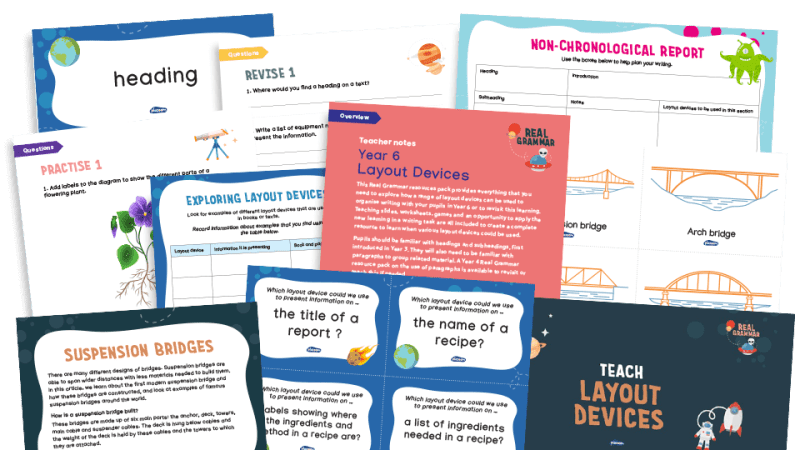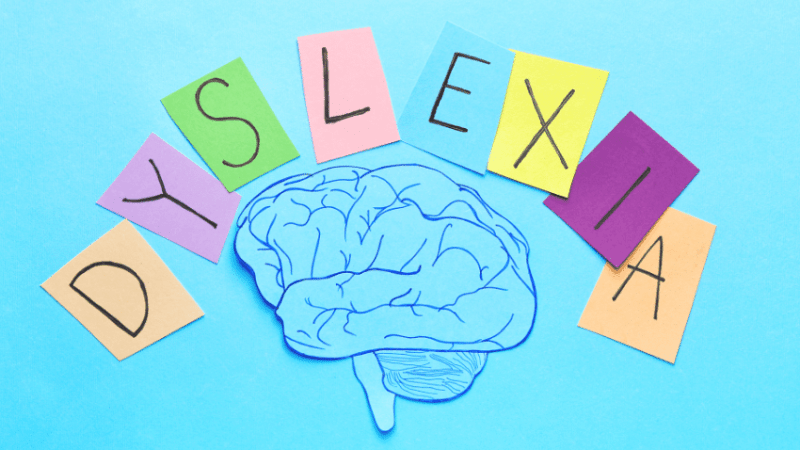Too Many School Leavers Still Don’t Have the Literacy Skills Needed to Thrive

One in eight disadvantaged students don’t own a single book, says Jonathan Douglas – so what are we going to do about it?

The skills gap between the least- and most-disadvantaged people in our society is apparent at just five-years-old, where our poorest children start primary school 19 months behind their better off peers in language and vocabulary.
This is a deficit from which most children don’t recover during their school life and one which the Social Mobility Commissions predicts will take 40 years to close at the current rate of change. With 4.1 million children currently living in poverty in the UK, it’s a problem we can’t afford to ignore.
This gap continues into primary school, secondary school and beyond.
Last year, 28% of children were unable to read well by the time they started secondary school, rocketing to 44% of children from disadvantaged backgrounds. This gap of 16 percentage points widens to 24 percentage points by the time students take their GCSEs.
Last year, only 40% of disadvantaged students achieved good grades in English and maths GCSEs compared with 64% of all students. Research shows that young people who leave secondary school lacking basic literacy skills are at a higher risk of unemployment, having a low paid job, being in poor health and living in poverty.
How did we get here?
Since the National Literacy Trust was first established 25 years ago, we’ve seen massive changes to literacy policies, practices and levels across the UK. Successive governments have placed increasing emphasis on raising standards in literacy.
In 1996, the Conservative government launched its National Literacy Project, whilst the Labour opposition set up its Literacy Task Force. Both were intended to boost the low literacy levels in primary education, which were fuelling public concern about the state of the nation’s education system.
Shortly after coming into power, New Labour published its National Literacy Strategy in 1998, which including a daily ‘literacy hour’ in primary schools, alongside a framework of model lessons.
The first National Year of Reading campaign was also launched, with a wider focus on influencing societal attitudes to reading. By the year 2000, literacy levels at the end of Key Stage 2 had risen sharply, from 63% of pupils reaching the expected standard in English in 1997 to 75% in 2000.
The assumption was that these levels would be carried through and continue to rise throughout secondary education. But a report by the OECD in 2014 found that, by the time these same children left secondary school, their literacy levels had not only fallen but they were now lower than the literacy skills of any other age group in society.
Further analysis by the Education Policy Institute found that progress to narrow the GCSE attainment gap between disadvantaged young people and their peers has been agonisingly slow; in the past 10 years, the attainment gap between the two groups has only narrowed by three months.
In fact, disadvantaged pupils continue to fall behind their more affluent peers by around two months every year over the course of secondary school. Failing to get a good GCSE in English still acts as a significant barrier to further education and the world of work.
We have learnt some crucial lessons from the past 25 years of changes to literacy policies and practices.
The teaching of literacy isn’t done and dusted in primary education; it must be sustained throughout secondary education if we are to give all children and young people the best possible chance of leading successful, happy and healthy lives.
We’ve also learnt that socio-economic status is still the fundamental indicator of educational inequality in the UK.
What needs to change?
It is a national scandal that, in 2018, a child’s chances of leading a successful life are seriously limited by the situation they find themselves born into.
Socioeconomic disadvantage is rooted in all corners of our education system – from early years through to further education – but literacy can be the key to leveling the playing field for all children, regardless of their background.
Of course, the education sector is currently facing unprecedented pressures. In the context of cuts to funding, and whole-scale reform, teachers and schools face a real challenge to build on best practice and extend resources to their most vulnerable underachievers.
We must therefore make the most of every opportunity to put literacy at the heart of teaching.
The greatest benefits for students are achieved when literacy is taught explicitly as the foundation of all learning in school; and the literacy requirements of the new GCSEs are a great place to start with this.
The new GCSE specifications place greater demands on students’ literacy skills.
Students without these skills can be held back in every subject, putting those from the poorest families at an even greater disadvantage; indeed, research shows that young people from wealthier backgrounds tend to have wider vocabularies than their peers as a result of a greater range and complexity of language being spoken at home.
But this gap can be bridged, and attainment opened up for all students, if literacy and academic language across the curriculum is explicitly taught in the classroom.
Overcoming barriers
How reading and writing are promoted to young people as social, cultural and therefore enjoyable activities is also fundamental to helping young people improve their literacy skills and build their aspirations.
Our research and work with schools consistently shows us that young people who enjoy reading and writing do better at school across all subjects, and also go on to lead happier, healthier and more successful lives.
Again, those from the most disadvantaged backgrounds face the greatest barriers when it comes to the factors we know are crucial to helping young people develop a love of reading and writing.
For example, our research shows that young people who have books of their own at home are 15 times more likely to read above the expected level for their age than their peers who don’t own a book; yet 1 in 8 disadvantaged students don’t own a single book.
To overcome these barriers, we must think about how young people from all backgrounds engage and think of themselves as readers and writers.
If young people see their peers, parents, teachers and role models actively engaging in reading and writing, they are more likely to pick up a book or pen themselves. It is not only socially acceptable but it is seen as something positive.
Through our work with the Premier League, for example, we’ve seen first-hand the incredible impact that football stars can have on improving young people’s literacy skills, as well as their motivation to read and write and their enjoyment of it.
In the context of growing uncertainty in the education sector and increasing numbers of children and young people living in poverty in the UK, it is vital that we don’t lose sight of the transformative role literacy can play in young people’s lives.
Jonathan Douglas is director of the National Literacy Trust. Become a National Literacy Trust member to access inspiring teaching resources, school improvement tools, and training and CPD to support literacy throughout your school or setting at literacytrust.org.uk/join-us.
For more helpful and practical advice for teaching vocab skills in KS3 and KS4 check out 8 Great Ways to Improve Vocabulary Skills in Secondary Schools.








